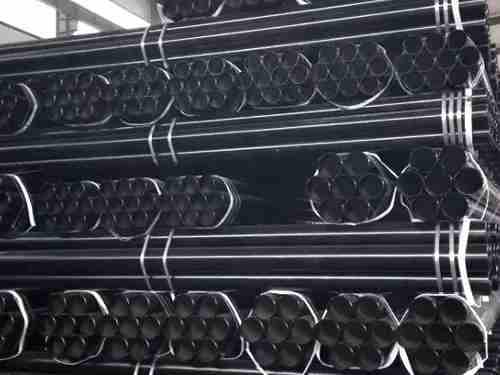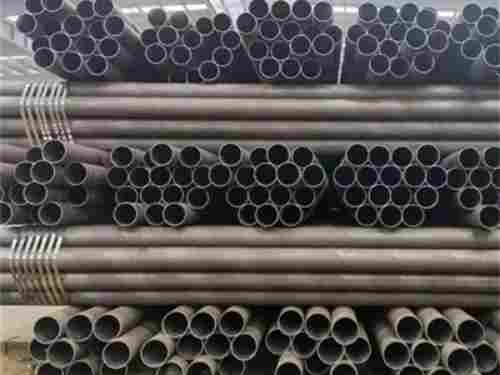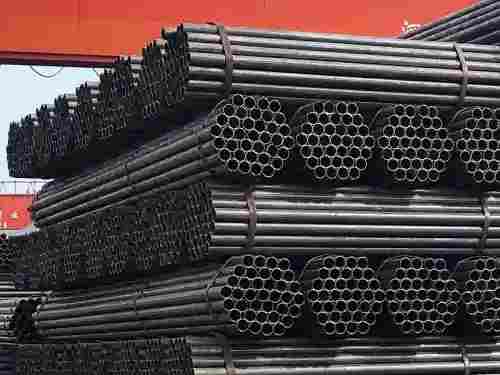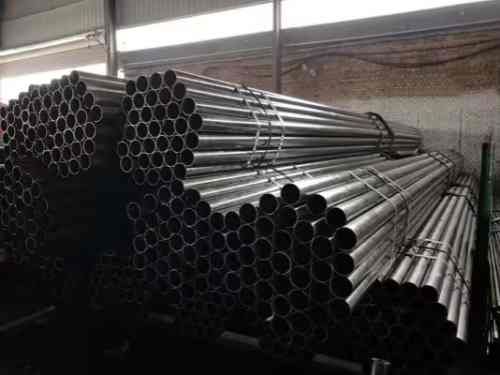1: Classification of chemical components
Basically, it can be divided into two systems: chromium series stainless steel (such as ferrite series, martensitic series) and chromium-nickel series stainless steel (such as austenite series, abnormal series, precipitation hardening series).
2: Classification of metallographic structures
Can be divided into austenitic stainless steel, ferritic stainless steel, martensitic stainless steel, duplex stainless steel, precipitation hardening stainless steel.
3: Classification by type of corrosion resistance
It can be divided into stress corrosion resistant stainless steel, pitting corrosion resistant stainless steel, intergranular corrosion resistant stainless steel, etc.
4: Classification by functional characteristics
It can be divided into free cutting stainless steel, non-magnetic stainless steel, low temperature stainless steel and high strength stainless steel.
There are nearly 100 kinds of stainless steels that have been incorporated into various standards in the world, and with the advancement of science and technology and the development of industry and agriculture, new stainless steel grades are still increasing. For known grades of stainless steel, the chromium equivalent [Cr] and nickel equivalent [Ni] can be calculated according to their chemical composition, and the structure and properties of the steel can be roughly estimated by using the Schaeffler-Delong stainless steel structure.
5: Classification of basal tissue
1. Ferritic stainless steel.
Contains 12% to 30% chromium. Its corrosion resistance, toughness and weldability increase with chromium content, and its resistance to chloride stress corrosion is better than other types of stainless steel.
2. Austenitic stainless steel.
It contains more than 18% chromium, about 8% nickel and a small amount of molybdenum, titanium, nitrogen and other elements. Good overall performance, resistant to various media corrosion.
3. Austenitic-ferritic duplex stainless steel.
It combines the advantages of austenitic and ferritic stainless steels with superplasticity.
4. Martensitic stainless steel.
High strength, but poor plasticity and weldability.

 English
English Español
Español











